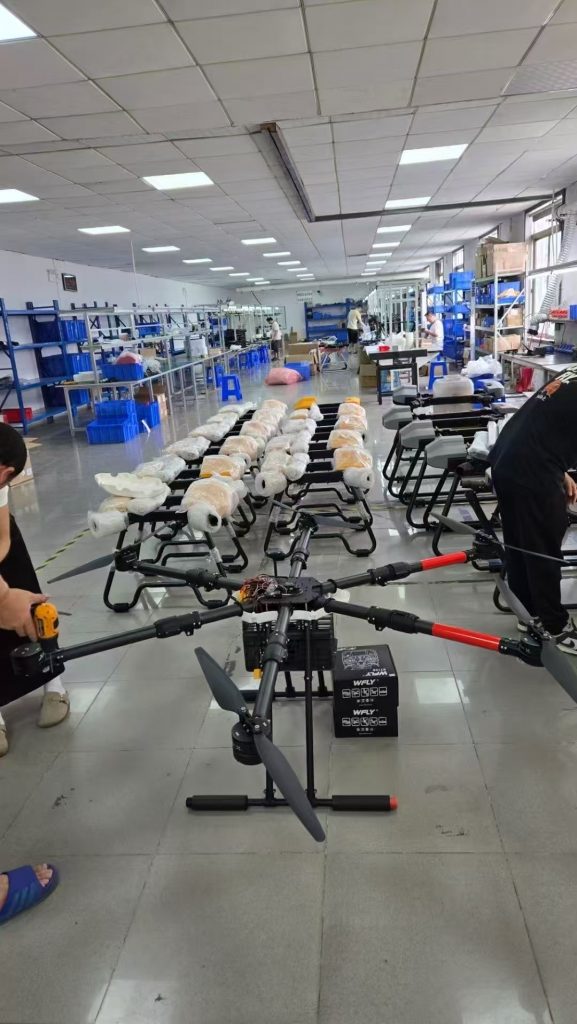
In today’s rapidly evolving agricultural landscape, efficiency, precision, and sustainability are more critical than ever. Traditional crop spraying methods—often involving manual labor or heavy machinery—are being replaced by a smarter, more efficient solution: drone spraying factories. These specialized production facilities manufacture advanced UAVs (unmanned aerial vehicles) engineered specifically for agricultural spraying, revolutionizing how farmers manage crops, control pests, and apply fertilizers.
This article explores how drone spraying factories are shaping the future of agriculture, enhancing productivity while reducing environmental impact.
Why Drone Spraying is the Next Big Thing in Agriculture
Agriculture faces mounting challenges: labor shortages, rising input costs, and the need for sustainable farming practices. Manual spraying is time-consuming, imprecise, and exposes workers to harmful chemicals. Meanwhile, traditional machinery can damage crops and struggle to reach difficult terrain.
Drone spraying factories address these issues by producing UAVs that offer:
✔ Ultra-Precise Application – Drones can target specific plants or problem areas, reducing chemical waste by up to 30%.
✔ Faster Coverage – A single drone can spray 5–10 acres per hour, far exceeding manual labor efficiency.
✔ Reduced Chemical Waste – Precise droplet control minimizes runoff, protecting soil and water quality.
✔ Labor & Safety Benefits – Farmers avoid exposure to toxic chemicals, and drones can operate in hazardous or hard-to-reach areas.
How Drone Spraying Factories Operate
These factories don’t just assemble drones—they engineer specialized agricultural UAVs with cutting-edge features:
-
High-Capacity Spraying Systems
-
Custom nozzles for optimal droplet size (preventing drift and ensuring absorption).
-
Tank capacities ranging from 10L to 30L, allowing extended operation per flight.
-
-
AI & Smart Navigation
-
RTK (Real-Time Kinematic) GPS for centimeter-level accuracy.
-
Obstacle avoidance sensors to prevent collisions with trees, power lines, or structures.
-
Autonomous flight planning via cloud-based farm mapping.
-
-
Durable & Weather-Resistant Design
-
Reinforced frames for rugged farmland conditions.
-
Weather-resistant materials to withstand dust, humidity, and light rain.
-
-
Data Integration & Farm Management
-
Spraying logs, coverage maps, and chemical usage reports for better decision-making.
-
Compatibility with farm management software for seamless operations.
-
Environmental & Economic Benefits
1. Lower Environmental Impact
-
Reduced chemical runoff protects waterways and beneficial insects (like bees).
-
Targeted spraying prevents overuse of pesticides, supporting sustainable farming.
2. Cost Savings for Farmers
-
Up to 50% reduction in chemical usage due to precision application.
-
Lower labor costs—one operator can manage multiple drones simultaneously.
3. Higher Crop Yields
-
Early pest detection & rapid response prevent crop loss.
-
Even chemical distribution leads to healthier, more uniform plant growth.
The Future: What’s Next for Drone Spraying Technology?
As drone spraying factories innovate, we can expect:
🔹 Swarm Technology – Coordinated drone fleets working together for large-scale spraying.
🔹 AI-Powered Pest Detection – Drones scanning crops in real-time to identify diseases before they spread.
🔹 Solar-Powered & Longer-Range Drones – Extended flight times for remote farming regions.
🔹 Affordable Solutions for Small Farms – More cost-effective models for smallholder farmers.
Conclusion: A Smarter, Greener Way to Farm
Drone spraying factories are not just producing UAVs—they’re enabling a new era of precision agriculture. By combining cutting-edge technology, sustainability, and efficiency, these facilities empower farmers to produce more with less—reducing costs, environmental impact, and labor while maximizing yields.
For agricultural businesses looking to stay ahead, investing in drone spraying technology is no longer optional—it’s essential. The future of farming is aerial, intelligent, and efficient—and it starts with the drones built in these specialized factories.
Would you like a version tailored to a specific region or crop type? Let me know how I can refine this further for your needs. 🚁🌾
THE END

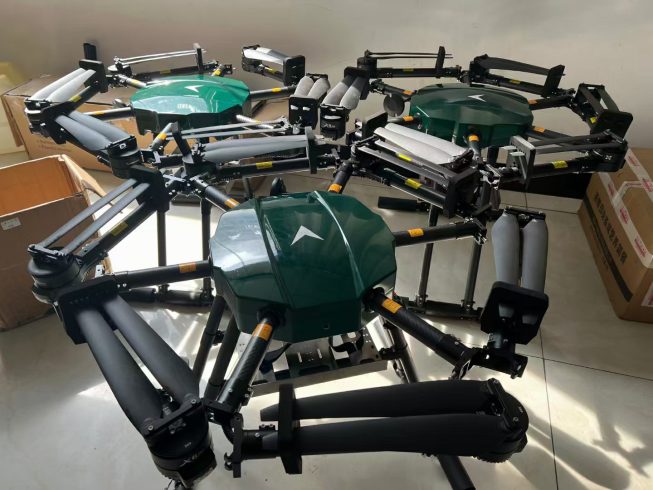
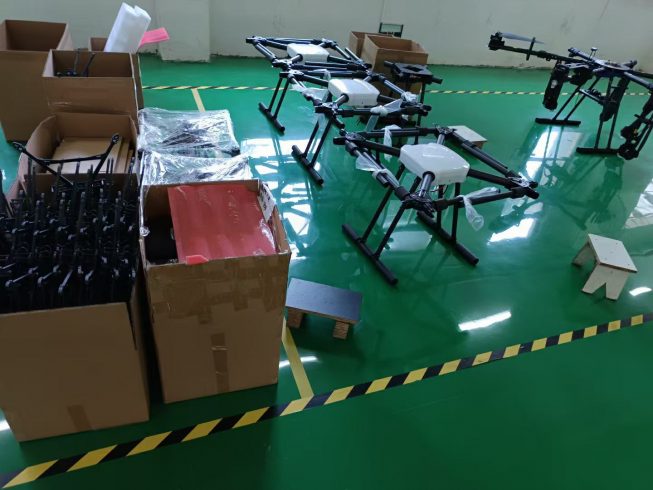
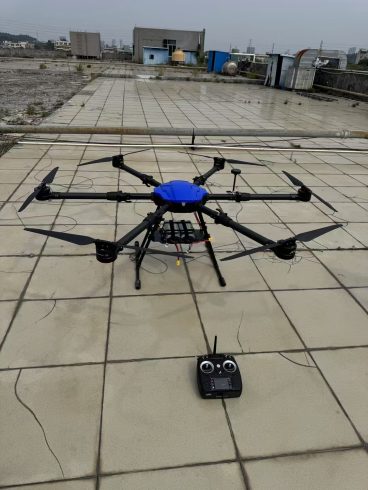
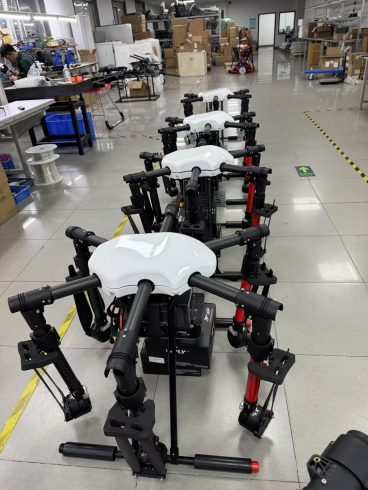
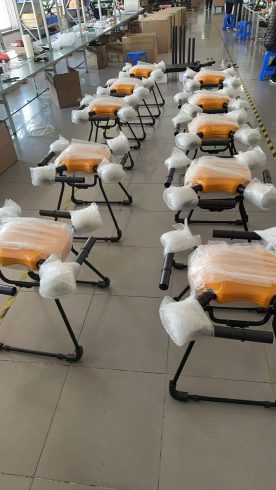
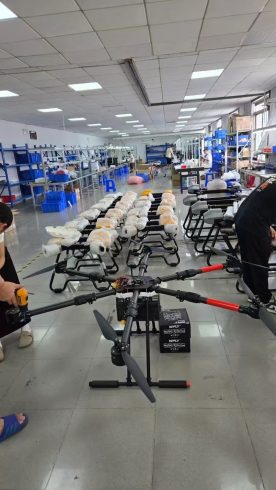
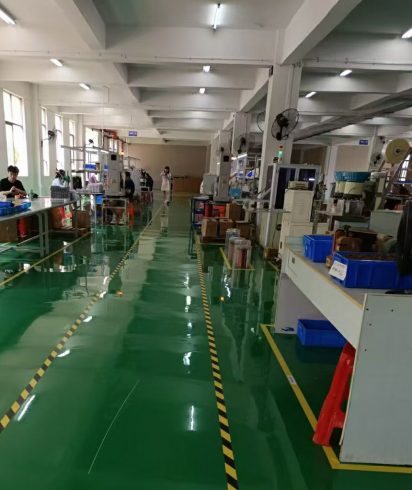
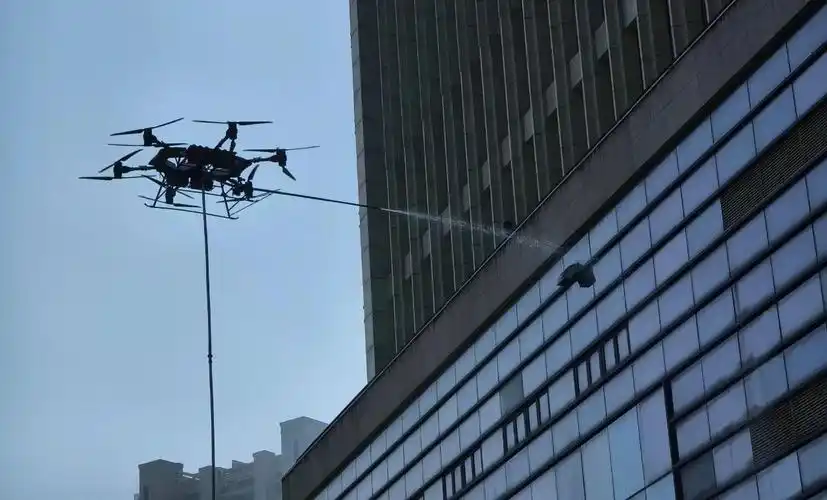
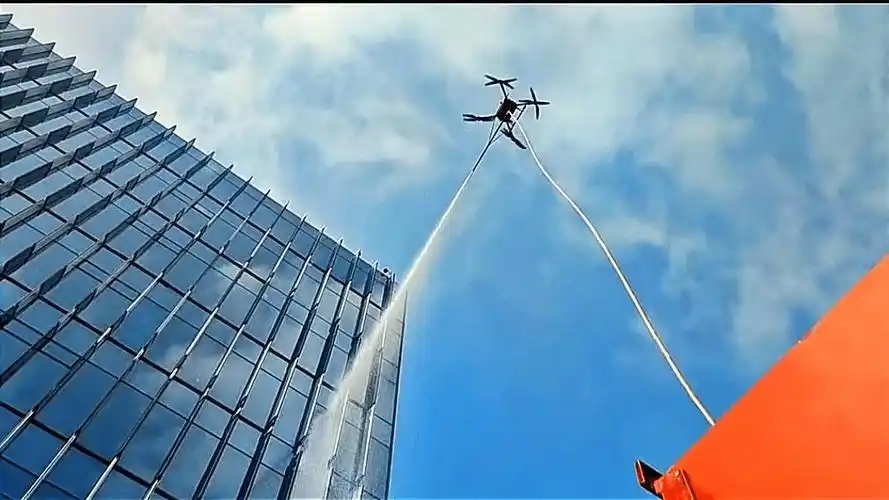
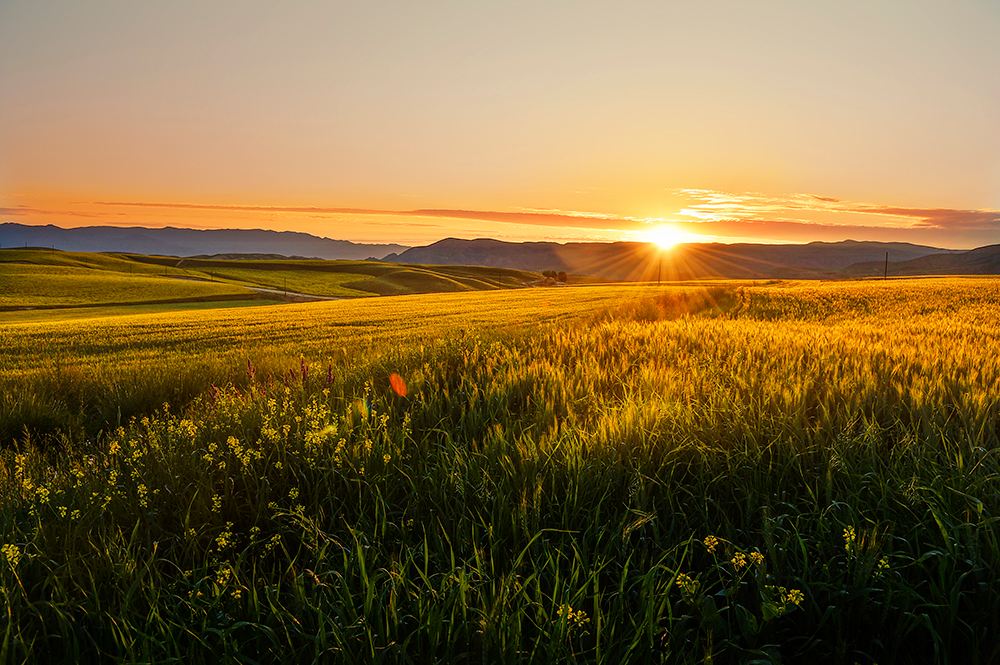
暂无评论内容